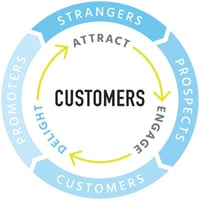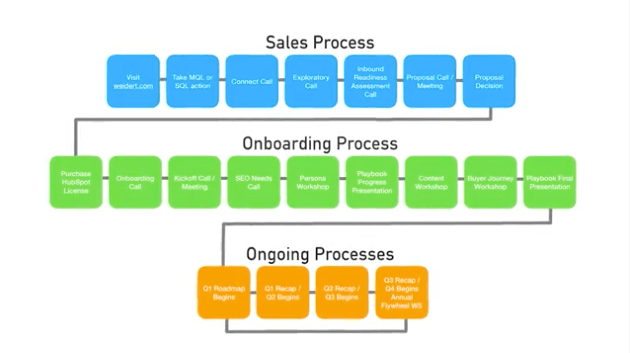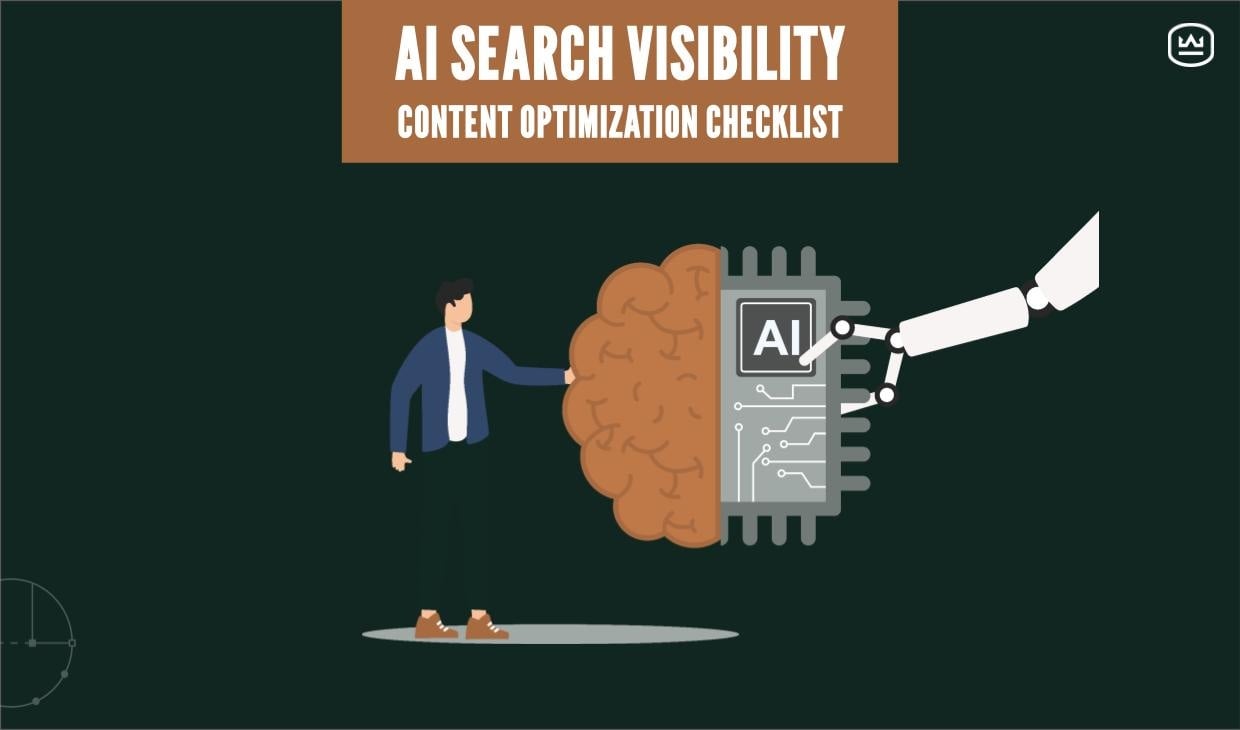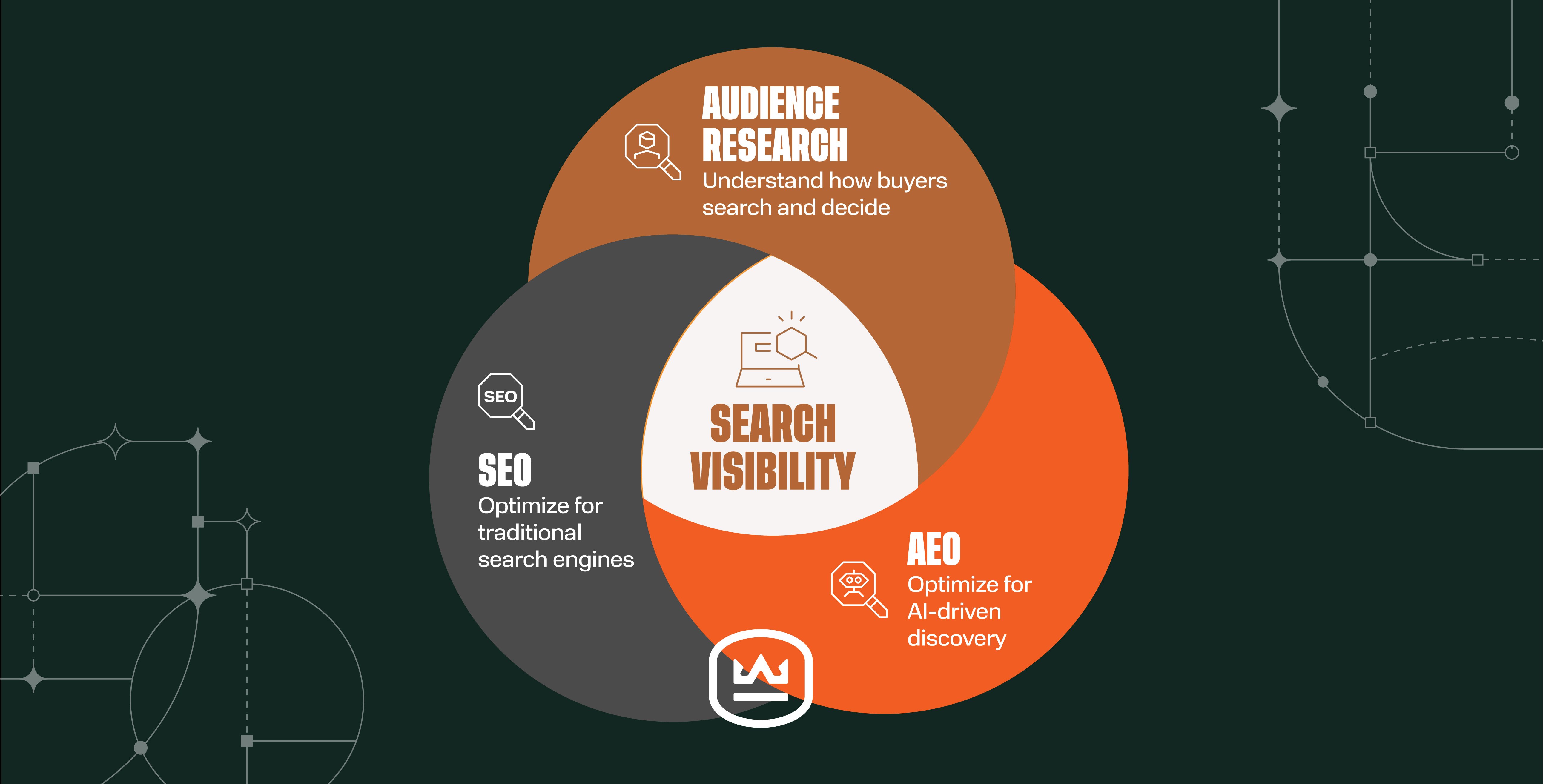Weidert Wednesday: How to Map Your Customer Journey for More Helpful HubSpot Feedback Surveys
Written by
Have you noticed differences in your prospects’ and customers’ experience and satisfaction at different points along their customer journey map?
Have you taken steps to figure out what’s making some stages feel like an uphill slog, while other points are smooth sailing?
You already know that your best source of answers is the voice of your customer. And if you’re using HubSpot, you can easily implement customer feedback surveys to better understand the user experience at critical points in the journey.
In this week’s Weidert Wednesday blog post, strategist Keith Voss reviews how to implement HubSpot’s voice of the customer tools at significant points along the customer journey map.
Use online surveys to learn what works and what doesn’t. The knowledge can help you attract, engage, and delight more customers and support optimal business growth.
TRANSCRIPT
Your customer lifecycle may be long and complicated, and each step in every customer’s experience is a potential friction point in your inbound flywheel.

Creating a customer journey for your top-priority customer personas and asking critical questions at major milestones make it easier to gather feedback and make changes that help eliminate friction, add force, and deliver delight at every step of your customer journey.
What you’ll soon discover, if you haven’t already, is that every customer’s journey is unique, complex, and interconnected.
HubSpot makes it easy to create and conduct online VOC surveys to help inform continuous improvements, but first, you need to identify where your customers experience the forces of momentum or friction.
Once you've identified the steps of your customers’ journey, a few specific questions can help you determine where to put marketing automation to work. Event-triggered voice of the customer surveys can help you get the answers you need.
For example, a fabricator’s customer might start with a visit to the company’s website. There, the customer might submit a form to request a quote, and next, a sales representative might call the prospect for clarification before submitting a proposal.
If the proposal is accepted, a PO is executed, and work is scheduled, completed, delivered, and billed.
© Image copyrighted, Weidert Group 2021
Each step in that journey is a potential friction point, so take a moment once you’ve mapped the journey and ask yourself these voice of the customer questions:
- Where do customers drop away from the journey and leave your website or abandon the sales process?
- Are there points in your onboarding process where customers often call for clarification or reach out to express frustration?
Customer feedback surveys at major milestones can help you identify opportunities for improvement.
Here are a couple more questions you might ask, and ways your answers could affect your use of voice of the customer tools:
- Is price important to your customers? You might benefit by surveying leads after pricing is shared.
- Are scheduling or delivery critical issues? Then survey after you schedule a project or deliver a product.
- Is product quality a recurrent issue in your industry or vertical? Plan in advance for surveys to land once your product or service will have been in use for a period of time.
HubSpot makes it easy to incorporate surveys throughout a customer’s lifecycle and gather timely, useful feedback.
This feedback serves as the fuel for continuous improvements to win new customers, retain and grow current customer relationships, and transform customers to your most powerful promoters.
Identify and eliminate friction and gaps in your customer experience with our free flywheel webinar.
Follow the Map to Reach Your Goal Faster & Easier
There’s simply no journey more important to your business than your buyer’s journey, and no voice should hold more authority or attention than the voice of your customers. And the best way to access, understand, and act on customer feedback is to solicit critical evaluations in the right place, at the right time, from the right people.
You can learn more about customer journey mapping, feedback, and voice of the customer programs with these articles:
- 4 B2B Customer Journey Map Templates To Grow Business and Relationships
- How HubSpot Customer Feedback Software Helps You Measure the Ultimate KPI
- Creating an Effective Voice of the Customer Program
- Tips for Creating Meaningful Customer-Focused Marketing
You can also get a better understanding of the business flywheel, and the effects force and friction can have on customer experience, sales success, and business growth, when you download our Flywheel Overview and Workbook. Just click to get yours.
Subscribe To Our Blog
Information. Insights. Ideas. Get notified every time a new Weidert Group blog article is published – subscribe now!
You May Also Like...

Search Engine Optimization
How Falcon Rebuilt Industrial AI Search Visibility in 2025

Search Engine Optimization
The New Search Visibility Checklist for AI-Era Content Marketing

Search Engine Optimization
SEO Isn’t Dead. It’s Evolving: How B2Bs Can Stay Visible in the Age of AI
Accelerate Your Growth with
Weidert Group
If you’re ready to explore a partnership, request a personalized consultation with our team.

